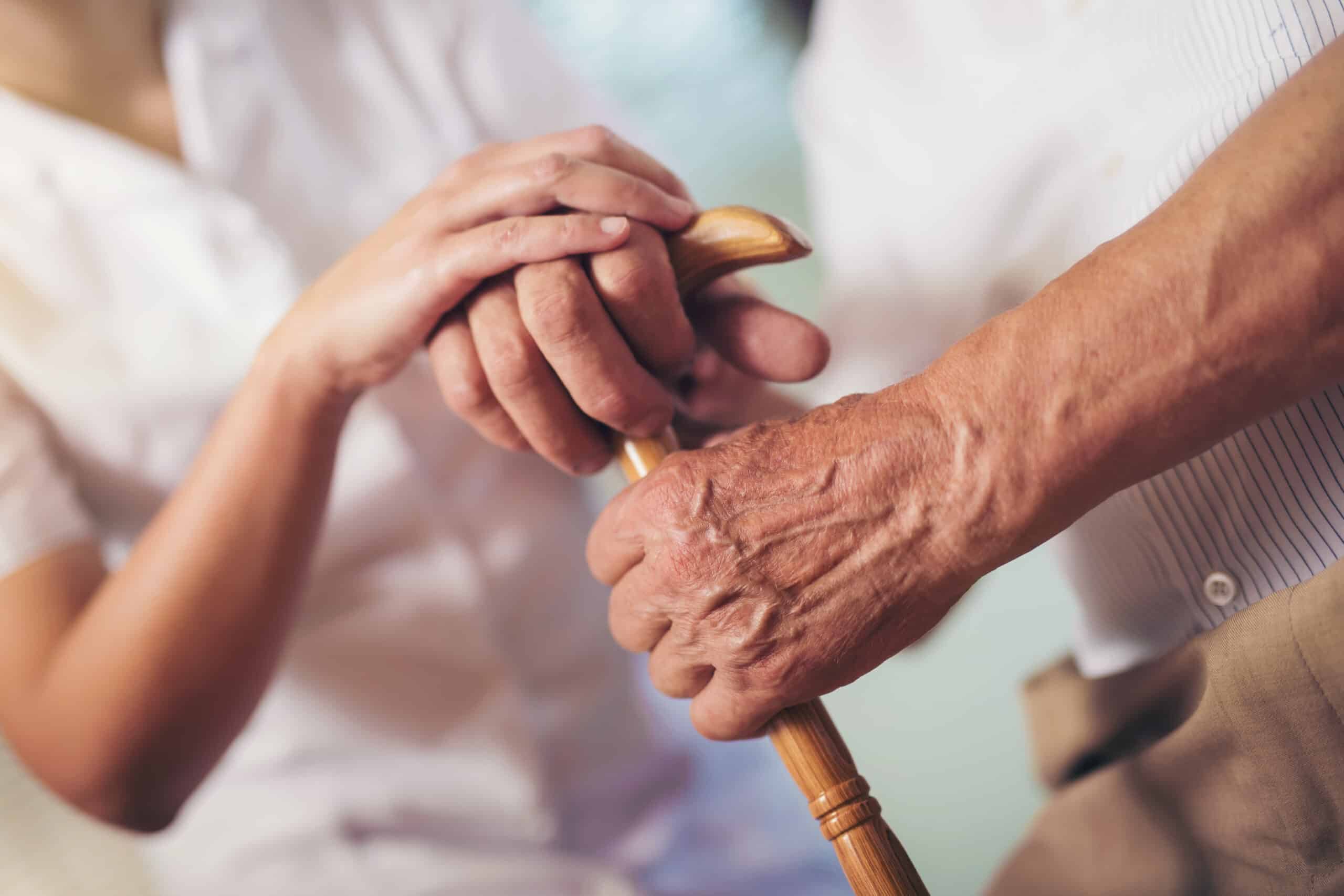You have to think about the patient’s immediate needs. She may require relief from pain or other symptoms, such as shortness of breath. If the doctor certifies that your loved one is terminal and is expected to die within 6 months or less, he or she can be referred to hospice.
Funeral Planning
Once you’ve been referred to hospice care, begin planning ahead for the funeral. Investigate all related costs so there are no unexpected expenses (the average cost of a funeral is between $7,000 and $9,000). Incorporate any wishes your loved one may have expressed concerning burial and disposition of the body. If she’s eligible for burial insurance, those funds can help defray some of the funeral costs and bills associated with her care.
What Is Hospice?
Choosing hospice care is hard, because it feels like you’re giving up; however, that reflects a common misconception. Hospice has nothing to do with treatment or therapy; its focus is the patient’s quality of life, not curing an illness. Hospice is about making the patient comfortable and providing emotional comfort for family members with a diverse team, including a physician, nurse, social worker, counselor, home health aide and chaplain. Care is provided at home, in a hospital or in a care facility. Family members receive counseling and help with practical matters throughout the process.
Care Plan
Part of the hospice team’s responsibility is to develop a care plan, which is done in conjunction with the patient and patient’s family. The focus is to improve the patient’s symptoms and check on her condition regularly (a team member is available 24 hours a day). A doctor (either yours or a hospice doctor) provides medical care, a nurse checks in on the patient, and health aides help with tasks like dressing, cooking, cleaning and bathing. Care services also include physical therapy, spiritual counseling and pain control.
Signs And Symptoms
You’ll see signs of a gradual decline, such as increasing weakness and the need to sleep excessively. As the body’s systems begin to shut down, your loved one will lose her appetite (the body has no further need for nutrition). It will become harder to swallow fluids, though dry mouth may be a problem (ice chips are helpful). She’ll gradually turn inward and cease communicating with others. Although there may be no further verbal communication, she can still hear and feel touch, so the presence of loved ones remains a comfort.
As Death Nears
The hospice care team’s home visits increase as death nears. This is a crucial period because all hospice services are needed, including 24/7 care as the patient draws nearer to death. Once your loved one passes, the hospice team helps with the final details, including any final paperwork.
Understanding what hospice care does is a good first step in coming to terms with a loved one’s illness. Hospice is about comfort and care, not treatment for the individual’s illness. It means that a medical professional has indicated that death is near and no further treatment will be effective. Hospice is beneficial to patient and family alike as everyone comes to accept, and makes peace with the inevitable.




